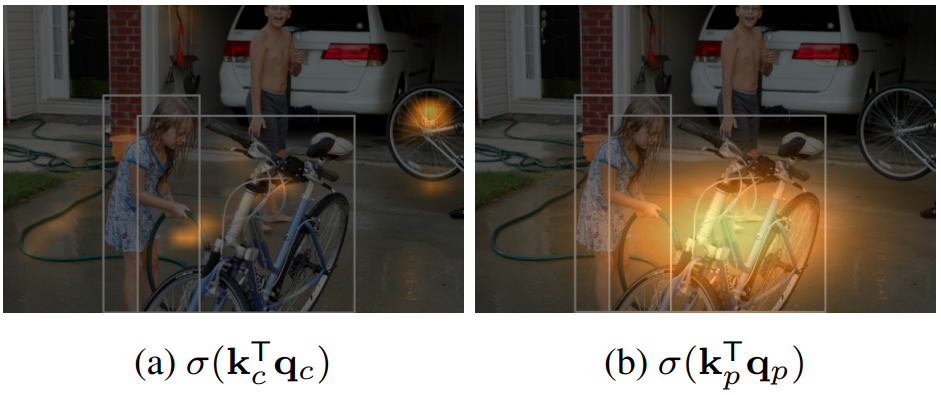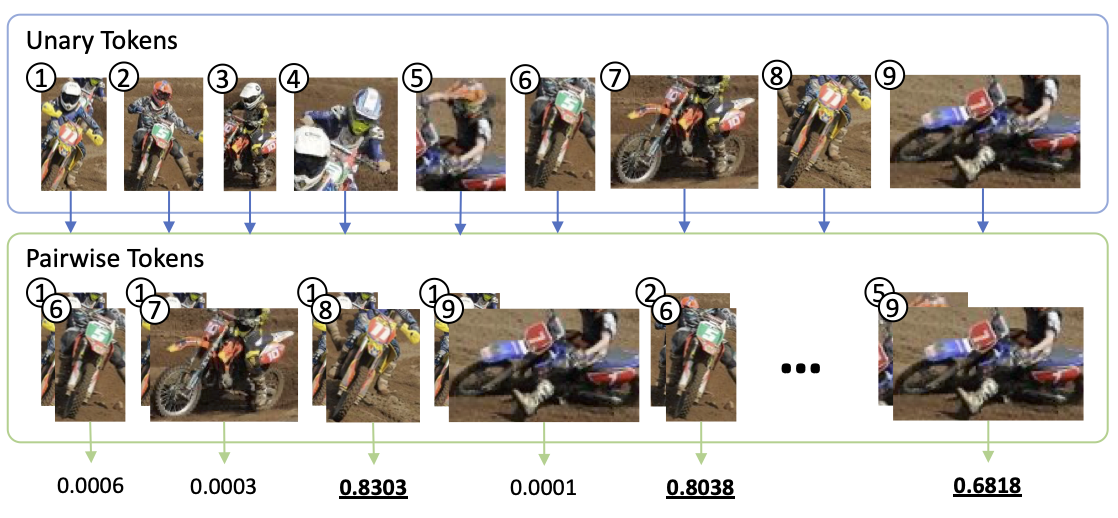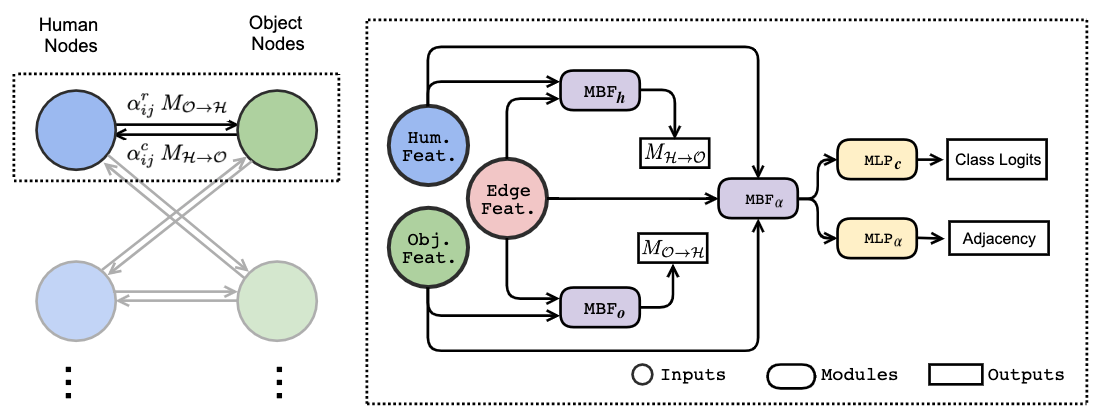Frederic Zhang | 张真
I'm currently a research fellow at the Centre for Augmented Reasoning, Australian Institute for Machine Learning (AIML), working with Dr. Ehsan Abbasnejad.
I did my PhD at the Australian National University, under the supervision of Prof. Stephen Gould and Dr. Dylan Campbell. My research focus was on the visual and spatial understanding of human–object interactions. This includes visual recognition and localisation.
Prior to my PhD, as part of an international partnership program, I received a bachelor degree of science in automation from Beijing Institute of Technology and a bachelor degree of engineering in mechatronics (research and development) with first-class honours from the Australian National University, where I had the pleasure to work with Prof. Yuchao Dai and Prof. Richard Hartley.
I'm greatly passionate about programming, so much so that I wrote a deep learning library called Pocket. It is a lightweight library built on top of PyTorch, featuring different boilerplate learning engines and other utilities purposed for visualisation and evaluation. I'm also a photographer. As an enthusiast of the great outdoors, my subjects are mostly nature-oriented. Find out more in my gallery!









